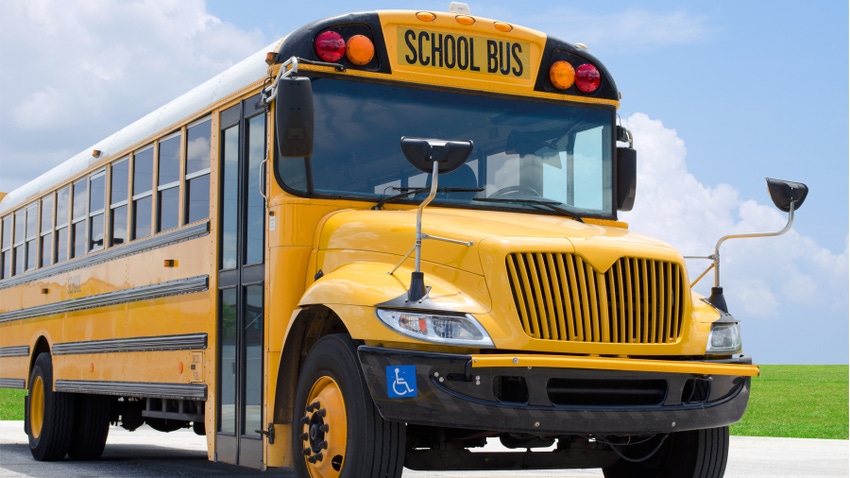February 10, 2023

Property tax relief has been a major policy priority for many groups in Nebraska for years. Key efforts at relief have been adopted in recent years, with expanded tax credits on property tax bills and also the refundable income tax credit for a share of property taxes paid for schools.
Further relief efforts are again a topic of deliberations in the Legislature this year, with both tax reform and school funding changes up for consideration.
Closely linked
Property taxes and school funding are closely linked because nearly 60% of property tax collections in Nebraska go toward school funding. That makes Nebraska one of the leading states in the country in terms of reliance on local tax dollars for school funding.
That ranking, however, is overstated given the degree of tax credits now offered from state funding, effectively shifting some of the burden away from local property tax dollars to state sales and income tax dollars. Current tax and school funding proposals in the Legislature could shift this further or restructure the fundamental balance between state and local funding for schools.
Reflecting on recent actions and current debate, the issue is not getting any easier — nor is it likely to disappear from public debate. Farmers and ranchers have pushed for property tax relief after watching tax bills rise substantially over the past two decades. Much of the higher tax bill came in lockstep with increases in land values that meant increased assessments given the market value approach to property valuation for tax purposes.
The higher land values and assessments were compounded by a school finance formula in place since the 1990s that reduced state support to districts with greater resources and toward those with greater needs. The implication of the complicated tax and funding equation for schools is that while most rural districts used to receive additional state equalization aid, most rural districts now don’t.
In trying to imagine the path ahead for both property tax reform and also school funding reform, it is interesting and potentially insightful to consider a fundamental challenge of determining appropriate levels of school funding and support. Borrowing from basic consumer theory in economics, the challenge is either to maximize utility (well-being) within a given budget constraint or minimize costs subject to some acceptable level of utility.
Applied to K-12 education, is the fundamental goal to maximize performance and opportunities for students (and communities) subject to a budget constraint (the tax levy limit), or is the goal to minimize costs (and taxes levied) subject to producing an acceptable level of performance and student success?
In the first case, it is relatively easy to imagine an endless list of potential programs, facilities and opportunities that could draw on available budget resources (tax revenues). In the second case, it is difficult to determine what would be an acceptable or minimal standard of performance or success against which to improve efficiencies and minimize costs.
For example, is a lower-than-average student-to-teacher ratio a signal of improved instruction and performance or a sign of inefficiency and excess cost?
Difficult task
It is difficult enough for an economist to suggest what school spending and finance should be based on some empirical analysis. Imagine what the decision is for any elected official at the state or local level with responsibility for school finance.
Imagine even more how much harder it is for elected officials when the households with more children calling for investment in schools and students are not necessarily the same households with more property that helps to pay for that spending.
Given these realities, the challenges in the year ahead are numerous. If property tax reform is to be a focal point in the legislative agenda, along with other tax reform proposals, then school funding will almost certainly need to be part of the discussion. That likely will include revisiting the state aid formula for schools, as well as the overall level of funding for schools.
However, with both rural and urban districts calling for additional assistance in the formula, it is difficult to imagine a reform of the school finance system that doesn’t also demand a much greater state contribution (from income and sales taxes) or an extensive restructuring (continued consolidation) of school districts statewide.
The discussion may also need to address local spending authority in general. Increased state aid to local districts offers some prospect for property tax relief, but only if it directly reduces the demand for property tax revenues. If increased state aid is met with increased spending, the promised property tax relief may not materialize.
Prospects for property tax reform are still hard to assess. There has been substantial relief developed over the past few years, and the current legislative discussion appears to be more extensive than we have seen in a long time. And that discussion is not just about dollars and funding sources, but also about students and communities. It is a difficult challenge to address, but also one Nebraska cannot afford to ignore.
Lubben is the Extension policy specialist at the University of Nebraska-Lincoln.
About the Author(s)
You May Also Like






